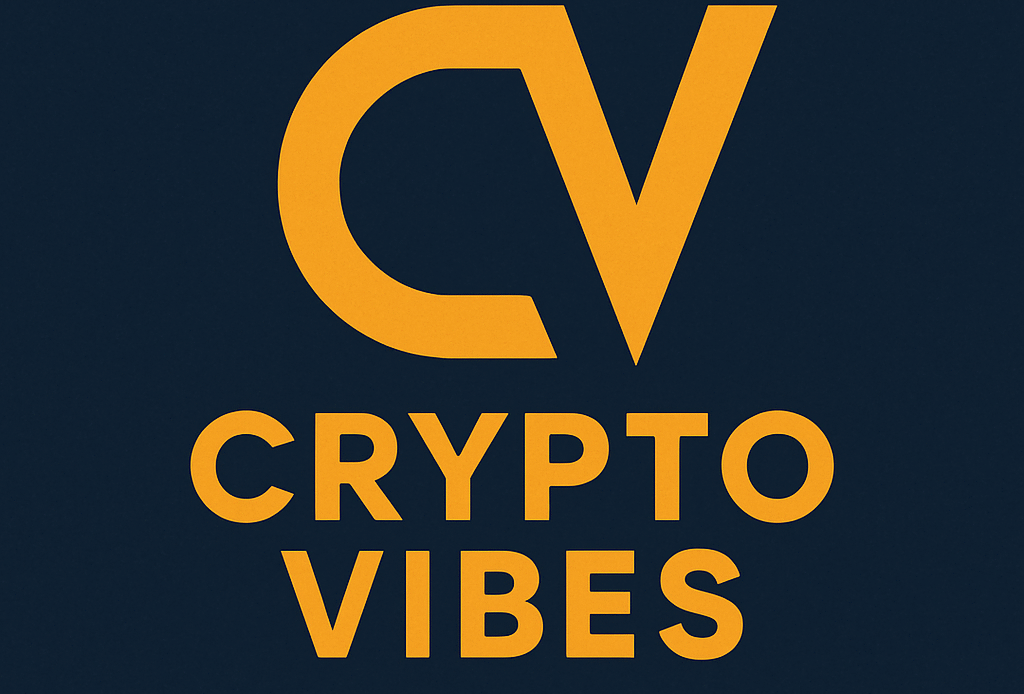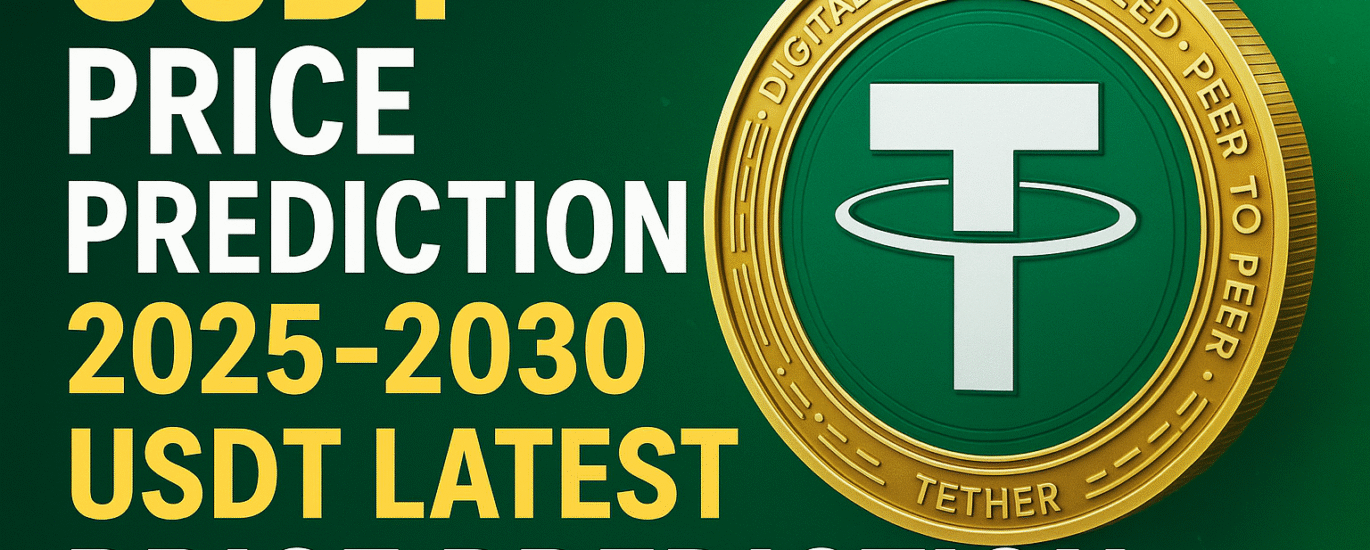What Is Tether (USDT)?
Tether (USDT), a leading stablecoin launched in 2014, represents a groundbreaking blockchain-enabled platform engineered to digitize fiat currencies. This innovative digital currency aims to transform the conventional financial landscape by offering a modern approach to handling money. Tether has achieved significant adoption by empowering users to conduct cross-border transactions with familiar traditional currencies directly on the blockchain, effectively mitigating the inherent cryptocurrency volatility typically associated with other digital assets. As the pioneering blockchain-enabled stablecoin to facilitate the digital use of traditional money – providing a familiar and stable accounting unit – Tether (USDT) has fundamentally democratized global financial interactions within the decentralized finance (DeFi) ecosystem.
Who Are The Founders Of Tether?
The pioneering stablecoin, USDT, initially known as Realcoin, was officially launched in 2014 by a visionary team comprising Brock Pierce, Reeve Collins, and Craig Sellars. These digital asset pioneers played crucial roles in the early Tether development.
Brock Pierce is a renowned entrepreneur with a significant track record, having co-founded numerous high-profile ventures across both the cryptocurrency industry and the entertainment sector. In 2013, he famously co-founded Blockchain Capital, a prominent venture capital firm that had raised over $80 million in funding by 2017. Pierce also served as a director of the Bitcoin Foundation in 2014, a non-profit dedicated to enhancing and promoting Bitcoin. His influence extends to Block.one, the company behind the major EOS cryptocurrency.
Reeve Collins served as the initial CEO of Tether for its first two years of operation. Prior to his work on the USDT stablecoin, Collins had successfully co-founded several notable companies, including the online ad network Traffic Marketplace, the entertainment studio RedLever, and the gambling website Pala Interactive. As of 2020, Collins leads SmarMedia Technologies, specializing in marketing and advertising technology.
Beyond his contributions to Tether, Craig Sellars has been an active member of the Omni Foundation for more than six years. The Omni Protocol developed by this foundation empowers users to create and trade smart-contract based properties and currencies directly on top of the Bitcoin blockchain. Sellars has also lent his expertise to various other cryptocurrency companies and organizations, including Bitfinex, Factom, Synereo, and the MaidSafe Foundation.
Tether (USDT) Live Price
| # | Name | Price | Changes 24h | Market CAP | Volume | Supply |
|---|
Tether Future: USDT Price Prediction & Stablecoin Outlook for 2025-2030
As the leading stablecoin by market capitalization, Tether (USDT) stands as a critical bridge between the volatile world of cryptocurrencies and the stability of fiat currencies. From 2025 to 2030, Tether’s future is poised for significant evolution, marked by increasing regulatory scrutiny, fierce competition, and an expanding role within the global decentralized finance (DeFi) landscape. Understanding these dynamics is crucial for any USDT price prediction and for assessing the overall stablecoin outlook.
Key Pillars Shaping Tether’s Future (2025-2030)
The next five years will largely define Tether’s enduring relevance and its position in the evolving digital economy.
1. Regulatory Landscape and Compliance Fortification
One of the most defining aspects of Tether’s future will be the global push for comprehensive stablecoin regulation. Governments and financial authorities worldwide are increasingly focusing on stablecoin frameworks to ensure financial stability and consumer protection.
- Enhanced USDT Transparency: Expect Tether to continue strengthening its commitment to USDT transparency, providing more frequent and robust attestations or audits of its USDT reserves. This increased visibility will be vital for maintaining trust and complying with evolving global standards (e.g., MiCA in Europe, potential new US federal stablecoin laws).
- Licensing and Operational Compliance: Tether will likely pursue more licenses in various jurisdictions, adapting its operational model to meet diverse regulatory requirements, which could open new markets.
2. Market Dominance Amidst Heightened Competition
Despite its current market leadership, Tether (USDT) will face escalating stablecoin competition from various fronts:
- Centralized Rivals: Competitors like USDC will continue to innovate, potentially offering more transparency or specific compliance features that appeal to institutional players.
- Decentralized Stablecoins: The rise of decentralized stablecoins (e.g., DAI, ENA, sUSDe), aiming for greater algorithmic stability and censorship resistance, could offer alternatives for specific DeFi protocols.
- CBDC Impact: While Central Bank Digital Currencies (CBDCs) are designed for central bank control, their widespread adoption by nations could indirectly influence the demand for private stablecoins like USDT by introducing government-backed digital fiat currencies. However, USDT’s cross-chain availability and censorship resistance may provide unique advantages.
3. Deepening Role in DeFi and Cross-Chain Expansion
Tether’s utility as a foundational asset in Decentralized Finance is unlikely to wane. From 2025 to 2030:
- USDT in DeFi: USDT will remain integral to lending, borrowing, trading, and liquidity provisioning across a multitude of DeFi protocols on various blockchains. Its liquidity is unmatched.
- Cross-Chain Stablecoin: Expect Tether to expand its presence across an even wider array of blockchain platforms and Layer 2 scaling solutions, facilitating seamless value transfer across the entire crypto ecosystem.
- Global Payments and Remittances: USDT’s utility for cross-border payments and remittances, especially in emerging markets with unstable local currencies or high transaction fees, is set to grow significantly. Its price stability makes it an ideal medium for rapid, low-cost international transfers.
Tether (USDT) Price Prediction
Tether (USDT) is designed to maintain a stable value pegged to the US dollar. Our analysis suggests USDT will continue its 1:1 peg stability through 2030, with minor fluctuations possible due to market conditions.
- Maintained dollar peg since 2014 launch
- Increasing adoption in DeFi and traditional finance
- Regulatory developments affecting stablecoins
- Competition from other stablecoins
- Market demand for stable trading pairs
4. Expanding Real-World Use Cases and Enterprise Adoption
Beyond pure crypto trading, Tether’s future could see greater integration into mainstream commerce and enterprise operations:
- Everyday Transactions: Increasing acceptance of USDT for purchases in online and offline retail, particularly in regions where local fiat currency is volatile.
- Enterprise Blockchain Solutions: Companies might leverage USDT for internal settlements, supply chain payments, or tokenized asset transfers on private or permissioned blockchain platforms, seeking the efficiency of digital fiat without the volatility of other digital assets.
Factors Influencing Tether’s Stability and Adoption
- Reserve Management and Audits: The continued public confidence in the quality, liquidity, and full backing of USDT’s reserves will be paramount. Regular, comprehensive audits will be key to reinforcing this trust.
- Security: Maintaining robust security against hacks or exploits, both at the protocol level and in its operational infrastructure, is crucial for preventing a USDT de-peg event that could erode trust.
- Market Sentiment: Overall crypto market trends and investor perception of stablecoins in general will influence USDT’s standing. Positive sentiment around the crypto ecosystem typically benefits leading stablecoins.
Challenges and Risks Ahead
Despite its strong position, Tether’s future faces notable challenges:
- Regulatory Crackdowns: Unfavorable or sudden regulatory shifts in major jurisdictions could significantly impact Tether’s operations and market access.
- Reserve FUD: Persistent concerns or new allegations regarding the composition or sufficiency of its USDT reserves could trigger FUD (Fear, Uncertainty, Doubt) and impact its peg.
- De-pegging Events: While USDT has proven resilient, a sustained de-peg from the USD, however unlikely, could have catastrophic consequences for the crypto market and Tether’s reputation.
- Centralization Criticism: As a centralized issuer, Tether will continue to face criticism from maximalists within the decentralized community who advocate for truly decentralized alternatives.
Conclusion: Tether’s Evolving Role in a Digital Future
From 2025 to 2030, Tether (USDT) is poised to remain a cornerstone of the cryptocurrency ecosystem, facilitating crucial liquidity and stability. Its continued dominance will hinge on its ability to navigate an increasingly complex regulatory environment, enhance the transparency of its reserves, and effectively fend off growing stablecoin competition. As DeFi matures and blockchain technology integrates further into mainstream finance, USDT’s utility in cross-border payments and as a reliable digital fiat asset will likely expand, solidifying its place in shaping the future of digital money.
















































